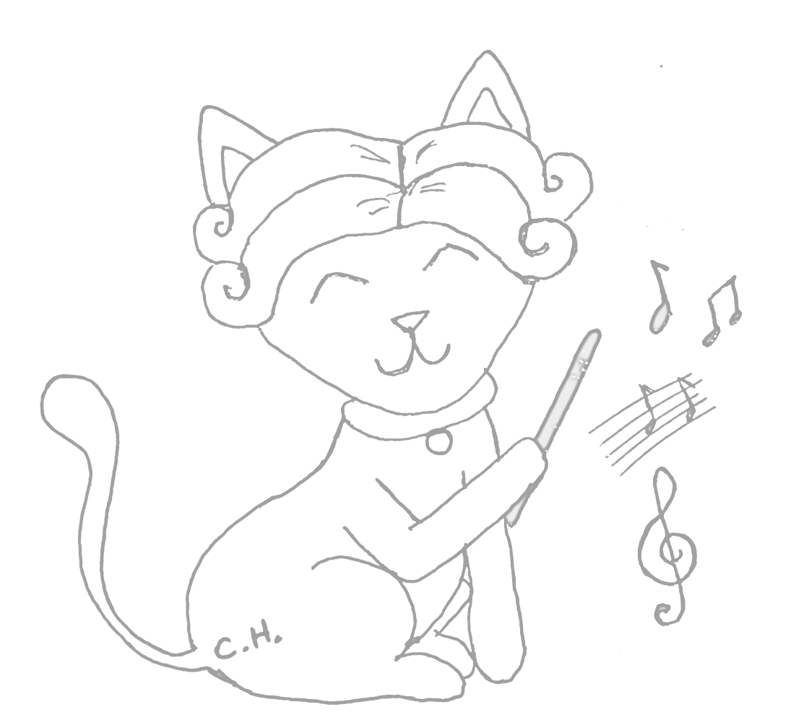Using music as a tool for auditory enrichment
Using music as a tool for auditory enrichment

Researchers wanted to evaluate the effect of two musical plays written for cats. They evaluated animals of different age and gender, all living with their owners.
Researchers thought that specific frequencies above or below the species’ vocal communication range probably wouldn’t generate emotional responses. They created music with 1.34 kHz, which is associated with positive behaviour and is suitable for them; and frequencies bellow cat’s normal vocal range, between 55 and 200 Hz, without cat howls and frustration meows. These pieces of music didn´t have any sounds that looked like vocalizations.
The objective was to see if there were differences between exposure to this music versus human music.
Results showed that felines have more interest in music created for them.
Enrichment should have characteristics that are perceived by the species receiving it. Researchers concluded that owners should be aware that different acoustic characteristics can affect a listener’s emotional state and should choose music carefully to agree with enrichment objectives. It isn’t as simple as turn on a radio or to play classical music in a laboratory or shelter and assume that acoustic enrichment needs are granted. Auditive enrichment should be suitable to the species and enrichment objectives.
Musical plays used:
Cozmo’s Air
Rusty’s Ballad
Bibliografía: Cats prefer species-appropriate music.Snowdon, C. T., Teie, D., & Savage, M. (2015). Applied Animal Behaviour Science, 166, 106-111